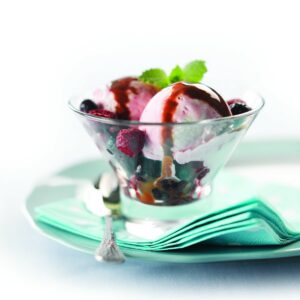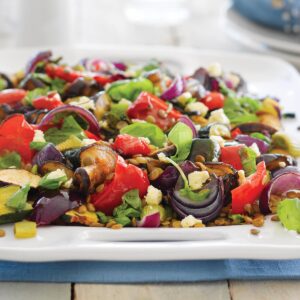
Drinks – both alcoholic and sugary – have been in the spotlight recently. Last week the Ministry of Primary Industries announced it is investing $17 million into a research and development project to produce low-calorie, low-alcohol wine.
They call this “lifestyle wine” which is a terrible name for something which sounds like a really clever idea. There are already some lower alcohol, lower energy wines out there on the local market (with new ones hitting the shelves now). It’s an interesting development that can only lead to good things in terms of health, it seems to me.
It’s interesting that this comes hot on the heels of the news that Food Standards Australia New Zealand (FSANZ) is looking into whether or not all alcoholic beverages should have energy (kilojoules or calories) shown on their labels. Alcoholic drinks contribute about the same energy to an average Kiwi diet as sugar does – about 5 per cent. Many health experts believe showing the energy (kilojoule or calorie) content on alcoholic drinks would have a moderating effect on how much we drink, which would have knock-on benefits for our waistlines and our overall health.
I can see this meeting a lot of resistance from the alcohol companies. They will argue the same old ‘personal responsibility’ line that makers of other unhealthy foods do. The difference is, of course, that at least with most of our foods we can actually see the nutrition content on the label, so we can make a (more or less) informed choice. With alcohol it’s completely up to us to figure it out.
To refresh your memory: quite apart from its other health effects, alcohol is one of the most energy-dense things we can consume – second only to fat. A gram of alcohol has 29 kilojoules (7 calories), but that doesn’t mean much really, until you think about it in context. One of the most popular things we ever printed in Healthy Food Guide magazine was a spread about the energy in alcohol, in which we compared common alcoholic drinks to slices of white bread. When you consider that three 180ml glasses of wine (about 1950 kJ) have the equivalent energy of 6 and a half slices of white bread, or that three gin and tonics (2200kJ) are equivalent to nearly eight slices, it tends to make you think twice about ordering another round. We don’t typically think of alcohol as food, but we should. And if you think of it as food, it’s about as empty as a calorie can get.
Speaking of empty calories, Mexico has become the latest country to impose serious taxes on junk food and sugary drinks – an 8% price hike on foods high in salt, sugar and saturated fat. I know how much we hate anything ‘nanny state’ in NZ. But I think it’s good to see a government being brave in the face of a serious health problem. Mexico has one of the highest obesity rates in the world, clearly not helped by the fact that each Mexican drinks 162 litres of sugary soft drink a year. You can imagine a tax on one of the country’s ‘staples’ being deeply unpopular. But the government has taken the long term view – that the potential harm from obesity and its related health issues is going to be huge (pardon the pun) compared to any short-term economic harm. Of course soft drinks and junk food – and alcohol, for that matter – are just one piece of the obesity puzzle, and yes, it is possible to enjoy them in moderation as part of a healthy diet, etc. But let’s not kid ourselves that these foods do anyone any good.
www.healthyfood.com










